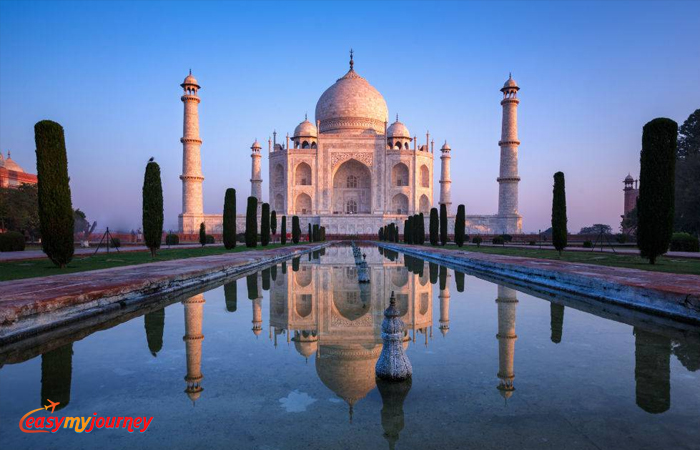Mahavir Jayanti 2017 would be celebrated by the people on 9th of April, at Sunday.
Mahavir Jayanti History
Mahavir Jayanti is specially celebrated every year by the people of Jain religion and other religious people as well to commemorate the birth anniversary of the great sage, Mahavir (also known as Vardhamana). Mahavir was the 24th and last Tirthankara of the Jainism who had founded the Jainism as well as established the core principles of the Jainism. He was born on 13th day in the Chaitra month in the Shukla Paksha during the 540 BCE. at the Kundalagrama, Vaishali district, Bihar. That’s why Mahavir Jayanti is celebrated every year on 13th of April with great enthusiasm and joy. It is the most significant and ritual celebration for the people in Jainism. It has been declared as the gazetted holiday all over India when all the government offices and educational institutions become closed.
Mahavir Jayanti Celebrations
Mahavir Jayanti is also celebrated in Jainism by the name Mahavir Janma Kalyanak to celebrate the birth of their last Tirthankara. According to the Gregorian calendar it falls annually in the month of March or April. It is celebrated with much fervor at all the Jain temples all over the country. All the holy places and temples associated with the Mahavir are decorated with the flowers, flags and etc to celebrate this special occasion. At this day, the Mahavir idol is given a ritual bath before celebration and puja following a big and grand procession.
There is a tradition of distributing clothes, money, food and other necessary things to the poor people. Such facilities are organized by the Jain organizations. Big celebration events are organized at some grand Jain shrines including Girnar and Palitana, Gujarat; Sri Mahavirji, Rajasthan; Parasnath Temple, Kolkata and Pawapuri, Bihar. It is locally celebrated by the people by giving a ceremonial bath (abhisheka) to the idol of Mahabir. At this day, people of Jain religion get involved in the charitable act. People go to the Jain temples to meditate and offer prayers. Some great people give lectures in the temple to distribute the virtues of Jain doctrine.
About Mahavir
Mahavir, a 24th and last Tirthankara of the Jainism, was born in 540 BCE in a royal family in Bihar, India. It is considered that, during the time of his birth the whole was happy and became full of prosperity that’s why he is also known as the Vardhman means Vridhi. He was born to the King, Siddhartha and Queen, Trishala. It is considered that during the time of his birth his mother got a number of auspicious dreams about him that he would become an emperor or Tirthankara. After his birth he received the ritual bath with celestial milk by the God Indra denoting him a Tirthankara.
He left home at his 30 in the search for spiritual awakening and deeply meditated for 12 and a half years through which he became successful in achieving the Kevala Jnana means enlightenment. He started travelling all through the India and travelled continuously for 30 years to teach people the philosophy of satya, asteya, ahimsa, brahmacharya and aparigraha. After his death at 72, he attained nirvana and became one of the great Tirthankara of the Jainism for which he is considered as the founder of the Jainism.
There are many variations in the birth place of the Mahavir; some says it was kundigram, Vaishali; Lachhuar, Jamui; Kundalpur, Nalanda or Basokund. However the exact birth place is unidentified. His parents were great followers of the Parsva. He was named as Mahavir means great warrior as during his childhood he controlled a terrifying serpent. He is also called as the Sanmati, Vira and Nataputta (means son of Natas). There are many variations as well about his marriage, some says he was celibate whereas some says he married to Yashoda and had a daughter named Priyadarshana.
He went for a deep meditation after lefting his home at his 30 and faced lots of difficulties and distress. After many years he was enlightened with the perception, power, knowledge and bliss. After getting enlightenment, he travelled to people to teach them the philosophy of real life to elevate their quality of life and pleasure. The five ethical principles of him are Ahimsa, Satya, Asteya, Bramhacharya and Aparigraha. His died physically at the age of 72 and his purified soul was completely liberated forever by lefting his body and attained Nirvana means Moksha. After death, his body was cremated at the Pawapuri which is now famous having a big Jain temple, Jalmandir.

